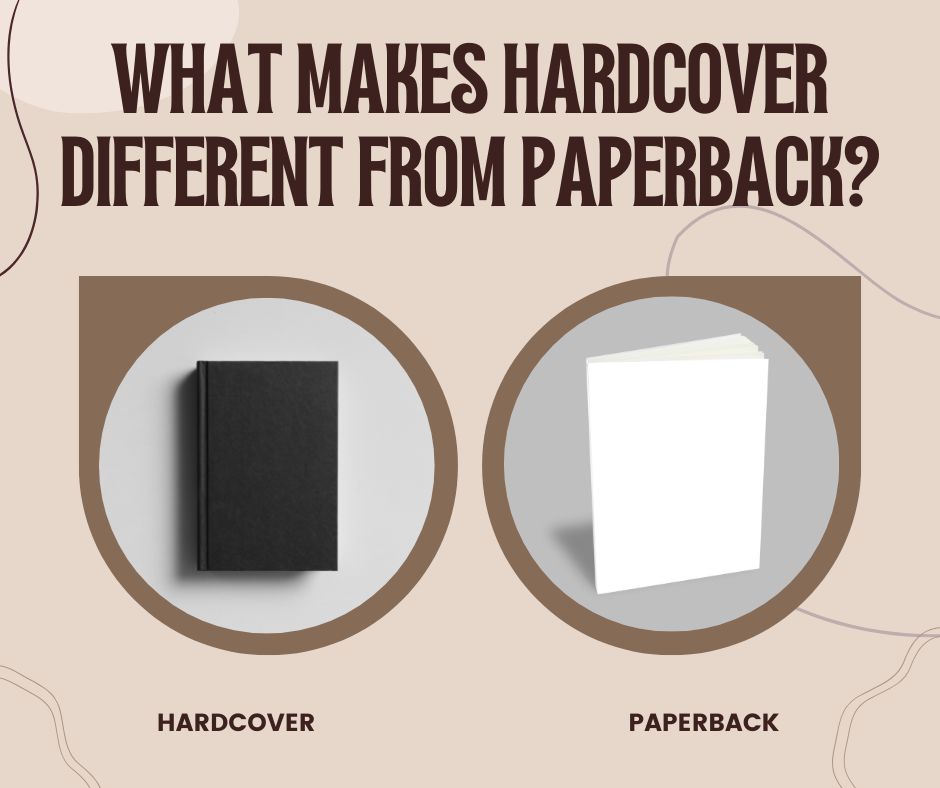We may read books in many different formats, including digital and physical ones. The choice of reading format is entirely up to the individual.
You’ve seen books in stores and wondered why there are so many classifications of literature. The Hardcover and Paperback editions are two of them.
If you’re a book nerd, you already know the distinctions between the various titles on the shelves, but if you’re not, you’ll soon find out.
HARDCOVER
Its very definition can be found inside the pages of a sturdy book. The book’s sturdy hardcover is ideal for protecting your investment.
Hardcovers are more durable than paperbacks and are less likely to show signs of wear and tear over time. The books are often packaged with a dust jacket. Dust jackets are the protective sleeve placed over new hardcover books; they are usually made of paper but can be leather for higher-priced titles.
Numerous collectors favor hardcovers over paperbacks because of the superior printing and durability of the latter.
Hardcover: Pros and Cons
Hardcover Pros
- Quite pleasing to the eyes.
- There is less risk of page damage.
- Superior in durability
- There is usually no need for a bookmark.
- Excellent as a present or for a personal collection.
Hardcover Cons
- You can’t bring more than one along because of how heavy they are.
- The cost is obviously higher. Price increases of up to threefold have been observed.
PAPERBACK
Paperback books are published with covers crafted from lightweight materials like paper or cardboard. The pages are held together using glue.
Paperbacks are much more cost-effective to publish than hardcovers.
Large runs of paperbacks are typical for publishers.
This edition is printed in large quantities after the book’s first hardcover release, and it is promoted to a broader audience by the publisher.
Cheaper to produce than hardcovers, paperbacks are also more portable and more convenient for vacationing readers.
Many debut authors also choose to publish their works in paperback before considering a hardcover edition since they lack the necessary readership for it.
Paperbacks are also widely used since they may be printed through several print-on-demand services.
Paperback: Pros and Cons
Paperback Pros
- commonly available at low prices
- More manageable and lightweight:
- Find your desired title more frequently
Paperbacks Cons
- Covers can get damaged, and the pages can be cracked or ripped.
In conclusion, paperback and hardcover have a great difference from each other and would be identified easily by our eyes. So next time you visit the bookstore you will know which is the paperback and which is the hardcover.
Knowing the difference allows you to easily know which type you would pick depending on which you would like better and how long you want to keep it.




